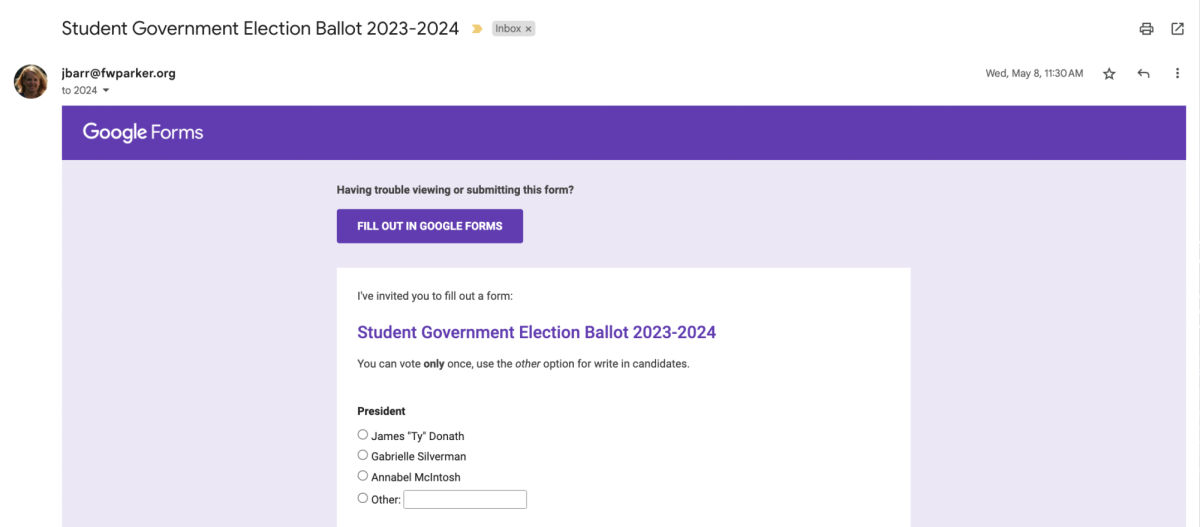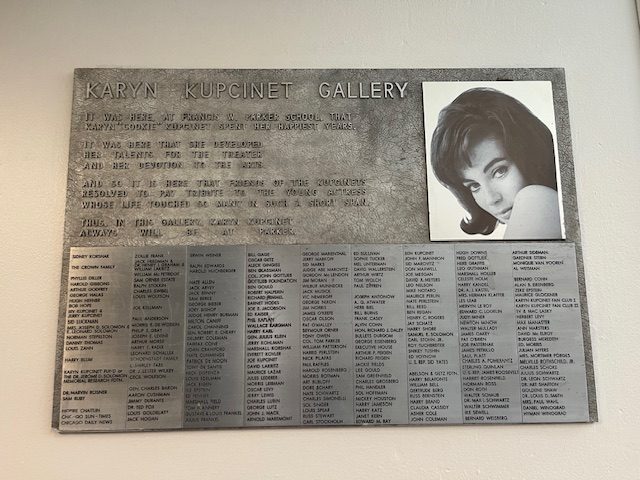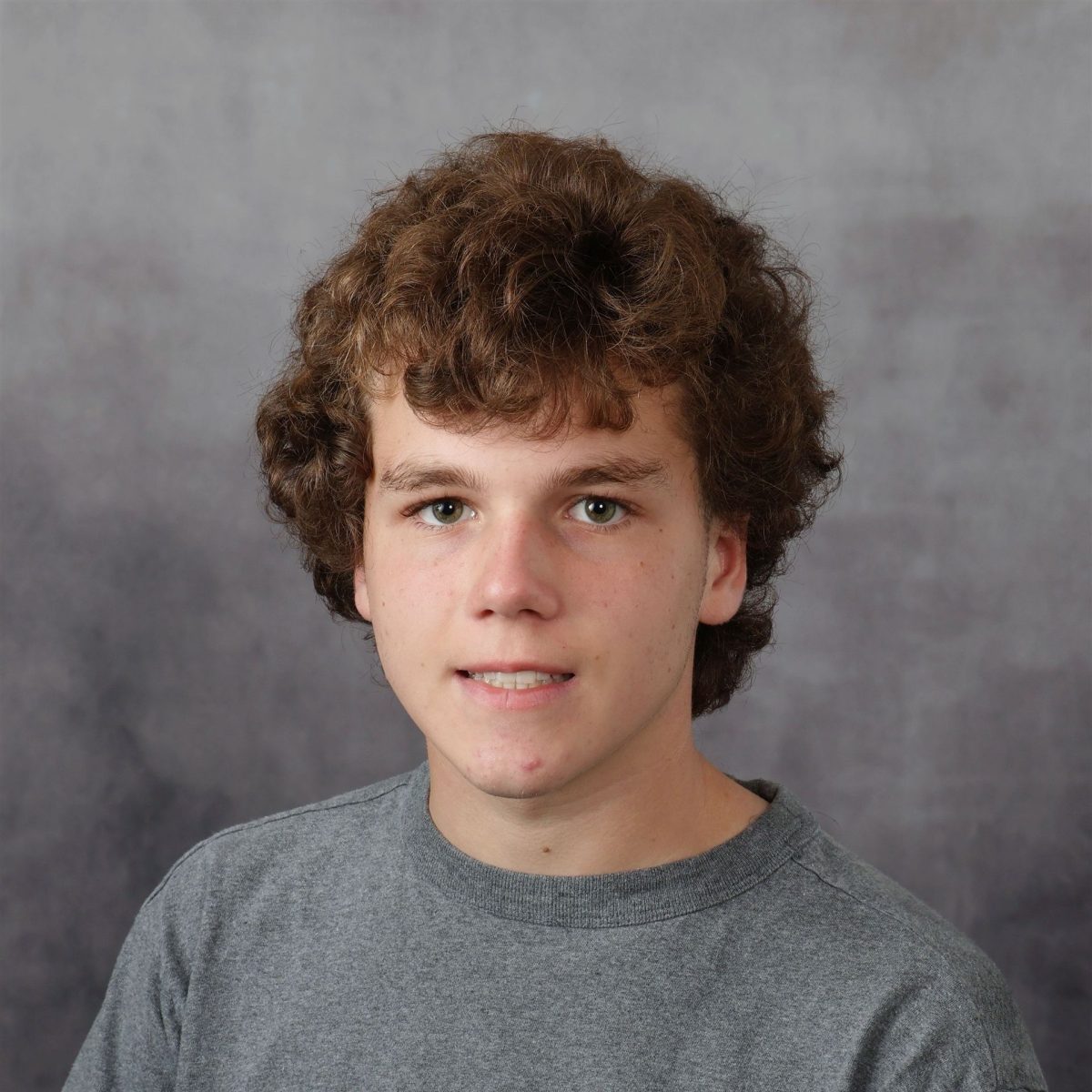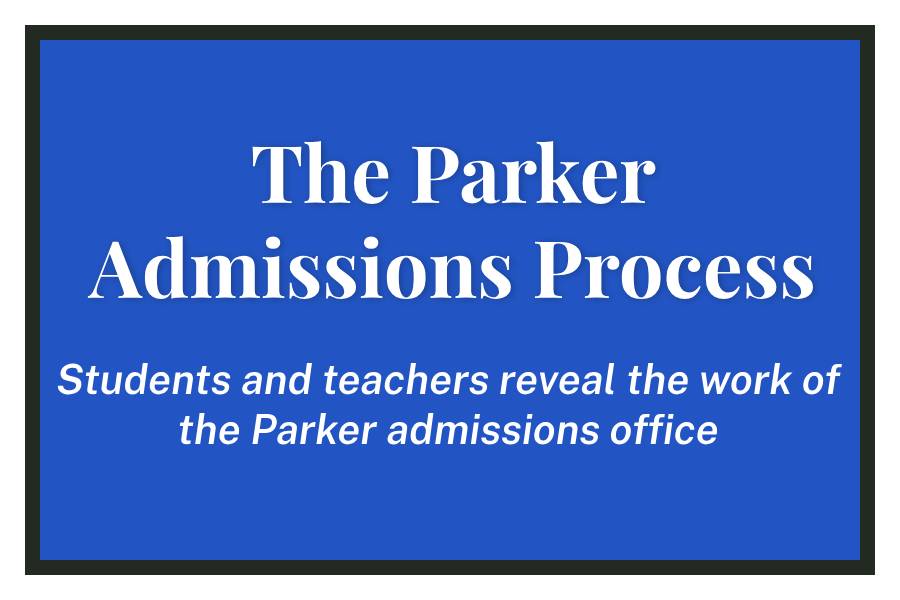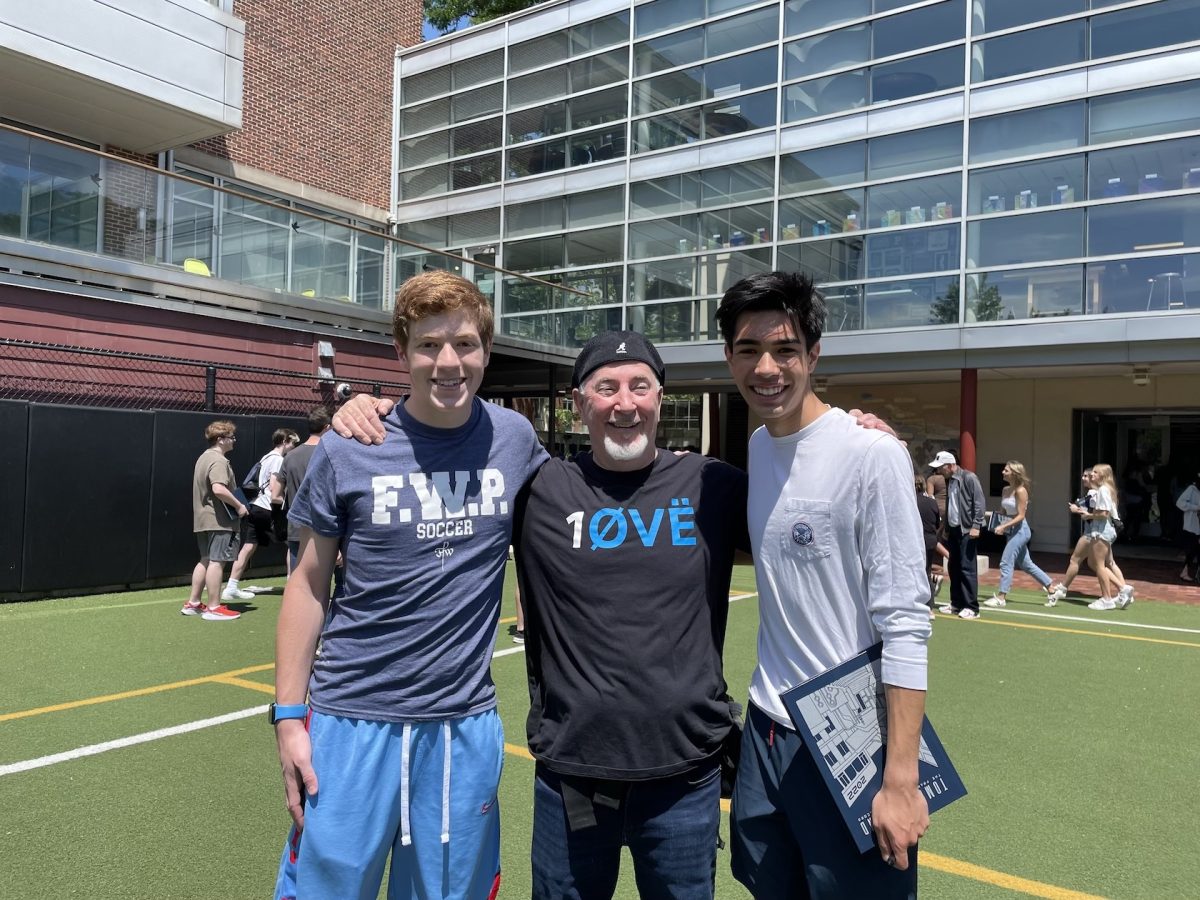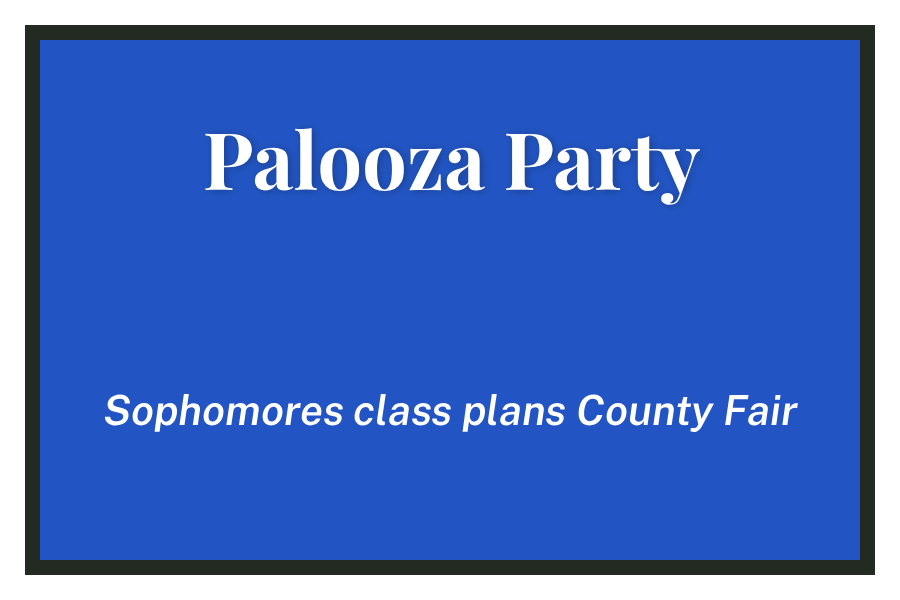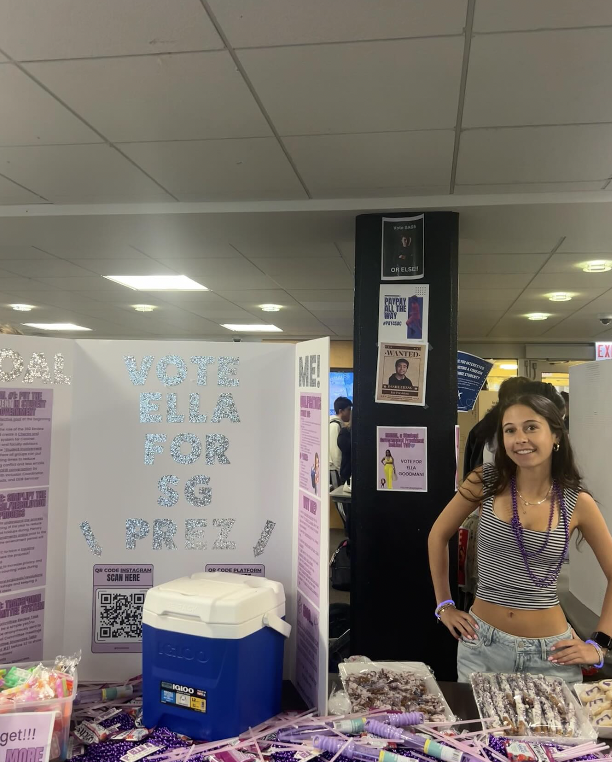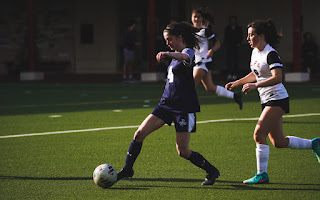
The field is the schools “largest classroom” where students learn during Physical Education class (PE), play during recess and after school, and compete in team practices and games. In fact, 70% of Parker’s Middle and Upper school students participate on at least one sports team and need access to the field to practice and play games on it daily.
On Tuesday, May 14, the Parker administration sent a 20 minute video to the Parker community describing expansion plans to update the school and expand the number of people attending it. In addition to adding another building to the campus, part of the expansion plan is to implement lights around the field, an effort that was halted in 2010 due to under-developed technology and neighbor concerns.
Now, due to a growing need for more field time and space as well as new technology that can make the idea a reality, plans have resumed. The proposal is to create lights that will light up the field from 6:15 AM until 9:15 PM, doubling the opportunity for students to play on it. This will allow Middle School athletes to continue to practice in the mornings while it is still dark outside and for after school practices and games to run later into the evening for all grade levels.
Without field lights, athletics cannot occur on the field after sunset, making it difficult to fit in all scheduled games in their entirety while it is still daylight.
Due to Illinois High School Association (IHSA) rules that state all varsity sports must be played in their entirety, Parker varsity games take priority for both field space and the time of day in which they are played.
Because of this, non-varsity and middle school sports are often pushed back, shortened, put in less convenient locations, or canceled altogether because of the lack of light on the fields. This led to 50 to 80 percent of JV and Middle School athletes being negatively impacted in the 2022-23 school year alone, whether by less practice or less game time.
JV field hockey and soccer player Sascha Keller feels that the lack of lights has significantly impacted her. “We were playing 20 minute halves,” she said about the JV soccer games. “We didn’t really have time to come up with plays [from] practice or [use] our really good skills that we had developed.”
In 2010, Principal Dan Frank and other administrators at Parker decided that something had to be done about the lack of field time that was negatively impacting Parker athletics. They came up with the solution to implement lights around the field so that games can continue even after the sun went down.
When the neighboring buildings found out, many people brought their concerns to Frank. There was concern that the lights would spill off the field and affect neighboring buildings. After exploring the possibility of having lights on the field and weighing how it would affect the neighborhood, the 43rd Ward Alderperson did not allow Parker to pursue the installation of field lights, and the administrators at Parker agreed because as Frank said, “We are doing all we can to be a good neighbor.”
Now in 2024, an expansion plan has been created and the idea of implementing field lights has resurfaced. Technology has also advanced in the last 14 years, allowing for field lights with almost no spillage.
To maximize the benefit and minimize the harm of the lights, Parker put together a team from Musco Lighting and Schuler Shook, leading manufacturers in field lights and internationally known lighting design firms. They suggested advanced technology and helped put together and review Parker’s proposals for the lights in order to fully achieve the primary goals of illuminating the field, minimizing light spillage, and using environmentally responsible technology.
Construction would include the installation of four field lights, one near each of the four corners of the field, while the security project would entail several more, different lights that would line the fence of the field and overlook the sidewalk. The field lights would have multiple precision LED light fixtures attached to each of the 60 foot tall poles. Light spillage would be prevented by the new LED technology and hooded covers surrounding each of the light fixtures and concentrating the light solely on the field.
Since improved technology will prevent any light spillage from going beyond the field, the project will minimize negative local impact and has alleviated many of the neighbors previous concerns. In fact, the addition of lights on and around the field would not only benefit Parker, but positively affect the rest of the neighborhood.
In addition to the field lights and other expansion plans, Parker is planning to install lights facing away from the school and onto the sidewalk surrounding the campus as safety measures. These lights will aim to reduce the chance of crime around the school and enhance the safety of the students, staff, and neighbors of the school.
The security project will take place at the same time as the field lights for “cost and logistical efficiency.”
While interviewing neighbors who were walking on the street next to the field, a member of the neighborhood who lives about a block away from Parker said, “It wouldn’t bother me, and I would feel like it would make [the neighborhood] safer,” when asked about the possibility of the new lighting developments.
Another neighbor who was asked the same question said, “Light isn’t going to make or break my decision to live here,” and “It’s nice because I guess sometimes people like to walk down the streets.”
“Our proposal is both beneficial to students and responsible to our neighbors, and the proposed safety measures that we would implement would benefit the neighborhood as well,” Frank said.
Parker continues to consult with members of the neighborhood to make sure that the proposals are beneficial for everyone. However, these projects will first require formal city approval before any construction is to proceed.
These updated plans have been presented to current 43rd Ward Alderperson Timmy Knudsen and neighborhood representatives. If the plans are not approved, Parker will continue to update their plans to better benefit both the school and the neighborhood. However, if the plan is approved, Frank said, “Fundraising will be crucial to make these dreams a reality.”
If all goes according to plan, both the field lights and security lights should be installed within the next four to seven years.
By providing more practice and game time on the field for more teams, the implementation of field lights by Parker will aim to improve both Parker athletics and its surrounding school spirit all while still being responsible to Parker’s neighbors.


